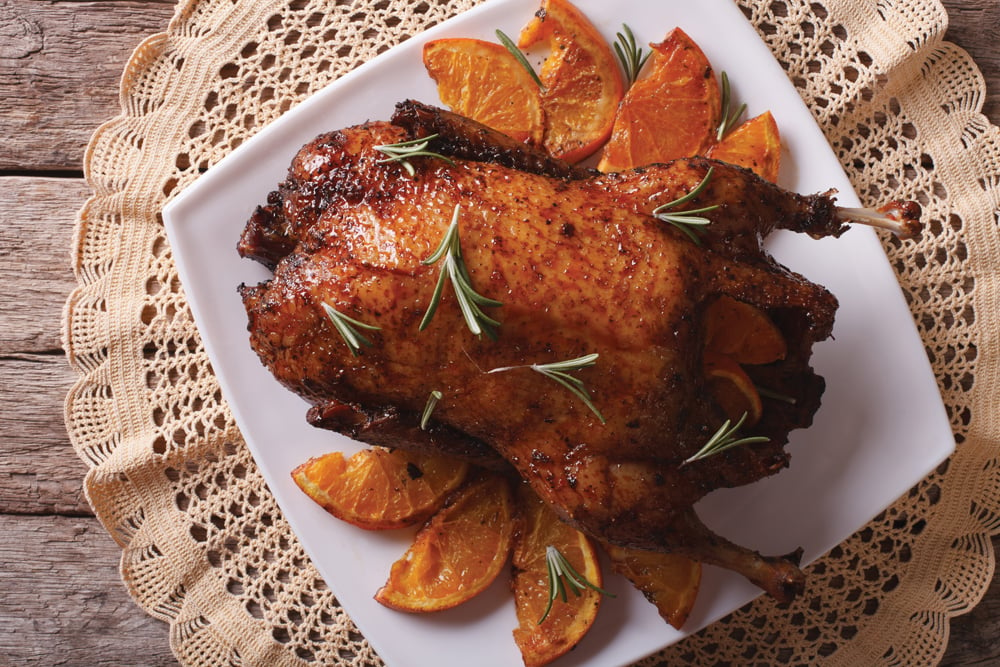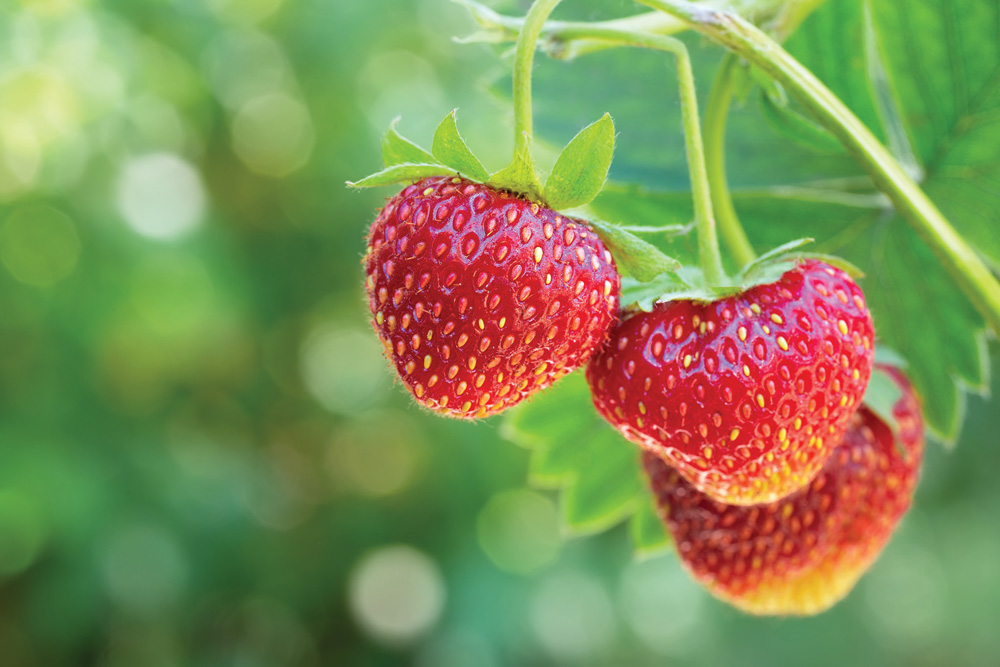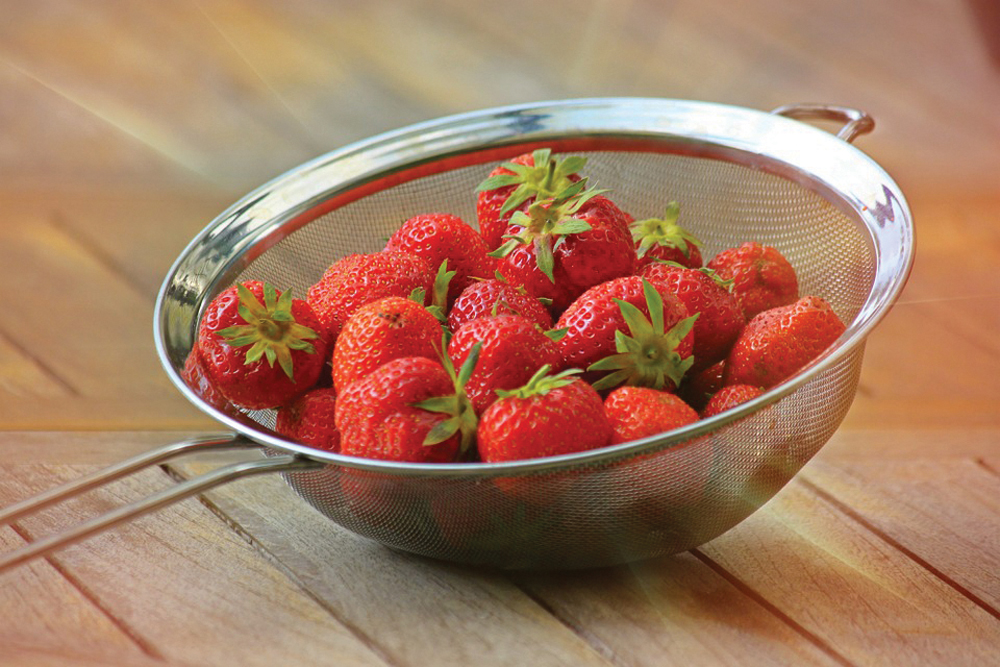My husband hunts. I don’t. But I do get why he goes, even if I’m not getting up at 5 a.m. to go with him.
Like most hunters, he’ll tell you this fall ritual is important to him. It’s a family tradition and a walk in the woods. It’s a time to reconnect with the natural world. I’ve learned from him to respect the hunter’s role in conservation. And when he’s brought something home, I’ve discovered wild meat, properly prepared, is delicious and healthy.
Read Also

What I learned about Manitoba eggs
Manitoba-laid eggs provide good, locally produced nutrition while supporting local farmers and the Canadian agriculture industry.
Many long-seasoned hunters do lament the dwindling of the local hunting community. Out in the rural areas, local hunters’ clubs are fewer in number, and so are those going every fall.
But there are also some interesting things happening to offer new people a taste, literally and figuratively, of what it means to go hunting.
Students at the University of Manitoba, for example, can take mentored courses in hunting through a course called Environmental Field Investigations. It’s been offered for about a decade in the faculty of environment, earth and resources, explains faculty professor, Rick Baydack. Students can earn a university credit while actually going hunting and harvesting both geese and deer in southern Manitoba.
It’s optional. Some may be adverse to shooting something. But many students go, says Baydack. They were asking for this opportunity, he said. “What we were hearing from students was a desperate need to get into the field and go out into the real environment as opposed to learning about it in a classroom or through videos,” he said.
About a dozen students participate each fall, accompanied by five or six mentors.
“They get two things out of it that we hear about quite regularly,” Baydack said.
“No. 1 is a better understanding of a natural system, in this case an agricultural ecosystem.”
The students are gaining first-hand knowledge of hunting as a wildlife management practice and it helps them understand how hunting practices aid in sustaining wildlife populations.
The other thing they hear students say is how it opens up an entirely new perspective on where food comes from. One particular student stands out, he said. She was a vegan. She was so enthusiastic afterwards, he said, saying it had convinced her she could eat meat again — deer, geese, ducks and fish she’d harvest herself.
“She explained that she felt reconnected to the food chain,” said Baydack.
The U of M course is just one way the non-hunting public is finding new pathways to Manitoba’s sloughs and bluffs.
The Manitoba Wildlife Federation introduced Waterfowler Heritage Days a few years ago to encourage youth to experience the hunt. Qualifying youth can go hunt ducks and geese one week prior to the waterfowl season, provided they’ve successfully completed the Manitoba Hunter Education Course and are accompanied by an adult mentor. The program continues to see growth in participant numbers.
MWF also offers mentored hunting programs at various times and locations throughout the season to help people learn to hunt waterfowl accompanied by a licensed adult supervisor, and they’ve formed new partnerships doing so. Last year Food Matters Manitoba got involved in MWF’s fall “how to” workshops on conservation, hunter education and provincial hunting regulations, with its own volunteers doing demos on how to process and cook a game bird.
At its root, these are all activities offered in the same spirit as Open Farm Day, helping more make a connection between food, the land and people they don’t necessarily know anything about.
It’s surprising what comes of it.
Roast Mallard Duck
This recipe appears in this fall’s Ducks Unlimited magazine, the Conservator and is reprinted from Duck Hunts and Memorable Meals, With Advice for the New Hunter written by Tod Wright. Wright’s other book is Prairie Birds: Hunt, Cook, Celebrate.
- 1 whole mallard duck per person, skin on
- 1 tbsp. butter
- 1 small cooking onion
- Salt and pepper
Preheat the oven to 200 C (400 F), (220 C/425 F if cooking several birds). Thaw the duck in the refrigerator and bring to room temperature on the counter for the last hour. Wash thoroughly and pat completely dry with a paper towel. Smear the bird with a light coating of butter, then salt and add several grinds of fresh pepper. Place an onion in the cavity. Roast the duck uncovered in a cast iron skillet for 30 minutes for a nice medium rare, but, never, ever more than 40 minutes (having very little fat, these birds dry out quickly and become tough).
For perfect, crispy skin, finish the duck for the last two minutes under the broiler. Monitor the cooking closely as the fat could spatter and ignite. Let the bird rest for five minutes before serving.




















